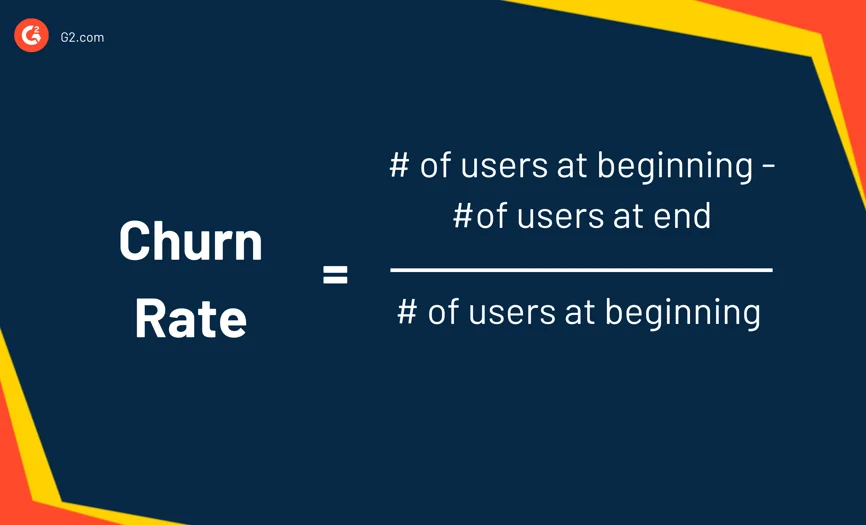Churn Rate
What is Churn Rate?

Definition:
“Churn Rate” in the realm of business and subscription services refers to the percentage of customers or subscribers who discontinue their usage of a product or service over a specific period. It is a crucial metric for businesses, particularly those with subscription-based models, indicating customer attrition and providing insights into customer satisfaction, service quality, and overall business health. Churn rate is calculated by dividing the number of customers lost during a period by the total number of customers at the beginning of that period.
Analogy:
Think of Churn Rate as leaks in a bucket. Just as leaks in a bucket represent customers leaving a service, the churn rate measures the rate at which these leaks occur, helping businesses identify areas to plug and retain customers, ensuring sustained growth.
Further Description:
Churn Rate analysis involves understanding why customers are leaving, whether due to dissatisfaction, competition, or other factors. It assists businesses in implementing strategies to reduce churn, such as improving customer service, enhancing product features, or providing targeted promotions. Monitoring churn rate is essential for maintaining customer retention, fostering loyalty, and sustaining a healthy customer base.
Why is Churn Rate Important?
Churn Rate is a key indicator of customer satisfaction and the overall health of a business. A high churn rate may signal underlying issues that need addressing, while a low churn rate indicates customer loyalty and satisfaction. Businesses with subscription models use churn rate to forecast revenue, optimize customer acquisition costs, and implement measures to improve customer retention.
Examples and Usage:
Customer Satisfaction Assessment: A rise in churn rate may prompt businesses to assess customer satisfaction through surveys, feedback, or other means to identify areas for improvement.
Competitor Analysis: Monitoring industry competitors’ churn rates provides benchmarks and insights into market dynamics, helping businesses stay competitive and adapt strategies.
Retention Strategies: Businesses may implement customer retention strategies, such as loyalty programs or personalized offers, to reduce churn and enhance customer satisfaction.
Product Enhancements: Churn rate analysis might lead to product or service improvements based on customer feedback and changing market demands.
Basically, Churn Rate measures the percentage of customers who discontinue using a product or service over a specific period, providing insights into customer satisfaction and overall business health.
For example, a subscription-based streaming service might analyze churn rate to understand why subscribers are leaving and implement measures to improve content, user experience, or pricing to reduce churn.
Key Takeaways:
- Churn Rate is the percentage of customers or subscribers discontinuing the use of a product or service over a specific period.
- It serves as a key metric for customer satisfaction, business health, and the effectiveness of customer retention strategies.
- Examples include customer satisfaction assessments, competitor analysis, retention strategies, and product enhancements.
- Monitoring churn rate is crucial for businesses, especially those with subscription models, to forecast revenue and optimize customer retention.
Table of Contents




